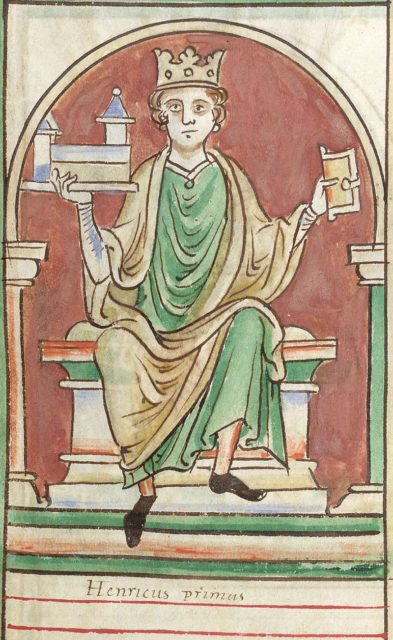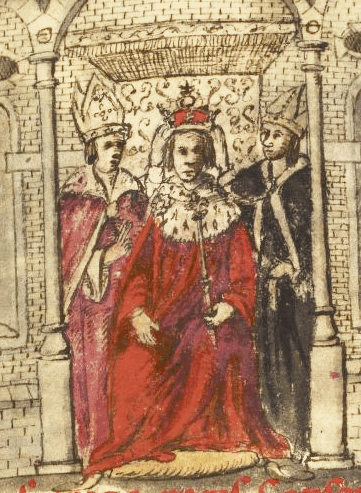When King Henry I died in 1135, he was buried in Reading Abbey, but the Abbey was destroyed about 500 years ago and the grave was lost. But researchers are pretty sure that his grave may be hiding under a car park in Reading, beneath the Ministry of Justice.

Several graves have been discovered using radar technology; those involved in the search are excited to determine whether King Henry I is in one of those graves, even though no connection to the King can be made using this type of technology alone.
The Ministry of Justice, which owns the land the Reading Prison Car Park is on, will begin archaeological work this autumn to investigate this area. Most of the features have been identified in the car park.
“With these tantalizing initial results available, there is now much work to be done,’ said Reading Borough councilor Tony Page. “This project has the potential to bring huge cultural, historical and economic benefits to the Abbey Quarter and the town as a whole and so as a group, we hope to keep the momentum going.”
When the first phase of the project took place in June of this year, it was focused on the ground below the Abbey Church, the land surrounding St James Church, the Forbury Gardens, and the Reading Prison Car Park.
King Henry I, reigned from 1100 to 1135, died in France after eating Lampreys and falling ill. His eyes, brain, and intestines were buried where he died, and his body was then embalmed and returned Reading to be buried. It is said that his second wife Adeliza and his great grandson William of Poitiers are also buried in the grounds of the Abbey.
The Abbey was destroyed in 1539 with the dissolution of the monasteries, and it is not known whether the ruins of King Henry I have been scattered around with the redevelopment of the area.
Phillipa Langley, who is a screenwriter and amateur historian, is the one responsible for instigating the search, and she is being backed by Historic England, which was formerly known as English Heritage.
There are rumors that centuries later after the Kings death workmen raided the Abbey and stole the silver casket that held the King’s remains.

Langley told BBC History Magazine last year “We know that Henry was buried in front of the high altar, with members of his family buried in specific locations around him. The thinking in Reading, using current estimates of the size of the Abbey, is that this burial spot is located beneath a school. If the abbey is larger, it could be situated underneath either what is today a playground or car park. That option is considered less likely but if Henry’s tomb is beneath the car park that will be interesting,” said Ms. Langley.
King Henry I was the youngest of four sons who rose to become king after the death of his brother William Rufus who ruled over England after inheriting it from their father. Henry was witness to the death of William in a hunting accident and proceeded to seize the English throne, promising at his coronation to correct many of William’s less than popular policies.
Robert Curthouse, who was also an older brother to King Henry I, was the Duke of Normandy – a title he inherited after the death of their father William the Conqueror. Robert invaded England in 1101, because he disputed Henry’s control of England. In 1106 at the Battle of Tinchebrai, Henry captured Robert. At the end of the battle, Henry became King of England and Duke of Normandy.
King Henry I was described as cruel because he cut the noses off two of his illegitimate granddaughters, but he was also credited with bringing stability to Norman England and establishing the Charter of Liberties, a forerunner to the Magna Carta.
